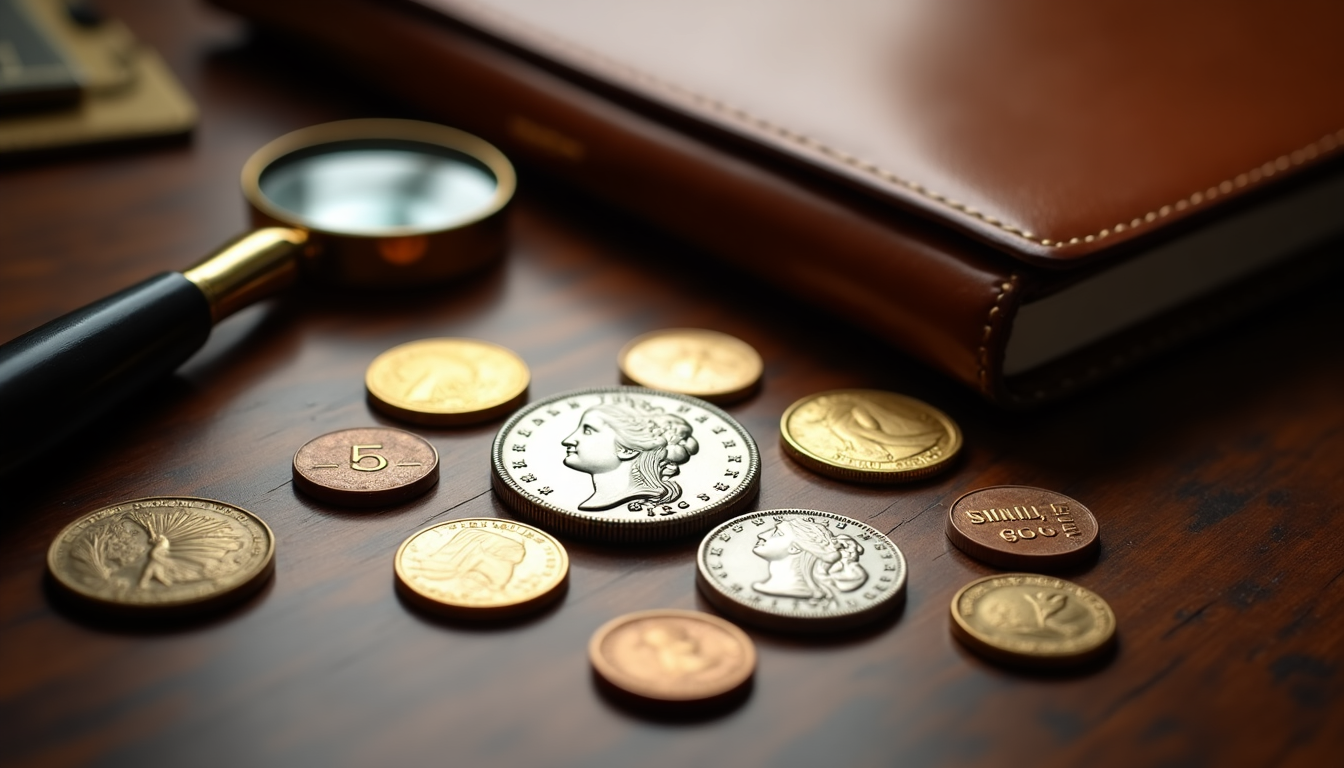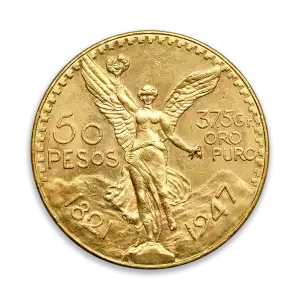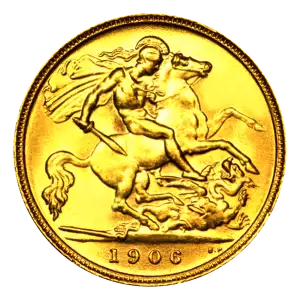
Investing in numismatics is an exciting and rewarding hobby that can provide investors and hobbyists with the opportunity to build a valuable collection of coins and related items. Numismatics is the study and collecting of coins and currency, and provides investors with a unique way to diversify their portfolio and potentially increase their net worth. Investing in numismatics is not only a great way to get involved in the hobby, but it can also be a profitable venture. This comprehensive guide provides the necessary information to guide investors and hobbyists through the process of investing in numismatics. It covers topics such as understanding the different types of numismatic investments, evaluating the condition of coins, understanding the market, and more. With this guide, investors and hobbyists can learn how to start investing in numismatics and build a successful, profitable collection.
Types of Numismatic Investments
There are various types of numismatic investments. The most common types include rare coins, ancient coins, bullion coins, paper currency, stamps, and collectibles. Rare coins and ancient coins are the most common type of numismatic investment, and they typically have a high resale value, even if they have been mishandled or are in less than ideal condition. Rare coins are coins that are very rare, have low mintages, and have been officially issued by a government. Rare coins can be very difficult to find because they are usually not mass produced. Ancient coins are coins that are at least 2,000 years old. They are much easier to find because they have been reproduced multiple times. Bullion coins are coins minted by governments to be used as an investment vehicle for trading precious metals. Bullion coins are typically valued based on their weight and purity of the metal used. Paper currency is used to refer to all paper money that has been issued by a government. Paper currency is mainly collected for its historic significance and rarity. Collectibles are items that are not used as a medium of exchange, but rather serve as a unique, artistic, or cultural representation of a certain people or society. Collectibles include items such as comic books, sports cards, and other miscellaneous items.
Evaluating the Condition of Coins
The condition of coins is extremely important when investing in rare coins because it can have an effect on the value of the coin. In numismatics the Sheldon Scale is used to determine the condition of coins on a 70 point scale. But in the a basic summation, there are four different grading scales used to evaluate the condition of coins: Uncirculated (BU) - Almost no wear on the coin and has been kept in an uncirculated state since it was minted. The coin may have been handled, but it has not been used in everyday transactions. Extremely Fine (XF) - Some wear on the coin, but still in great condition. The coin may have been used daily, but it was stored properly by the owner. Fine (F) - Moderate amount of wear on the coin. The coin may have been used daily, but was stored improperly by the owner. Very Fine (VF) - Some of the detail on the coin is worn off, but it is still in good condition. Good (G) - Some of the detail on the coin has completely worn off. Poor (P) - Little to no detail is visible on the coin
Understanding the Numismatic Market
The numismatic market is the place where rare coins and paper currency are bought and sold. The market provides investors with a place to find rare coins and other numismatic investments they may be interested in buying. Investors can also use the market to sell their coins and earn a profit. Understanding the market and its trends can help investors increase their chances of making a profitable investment. Some ways investors can keep up with the market include subscribing to coin collecting magazines, attending coin shows and conferences, networking with other investors, and conducting in-depth research. The market for rare coins and paper currency is global in nature. This means that investors can buy and sell rare coins and paper currency from other parts of the world, including Asia and Europe. The market is open 24 hours a day, seven days a week. This provides investors with the opportunity to make purchases at any time. There are also options for investors looking to sell their rare coins and paper currency at any time. However, the market does have certain holidays when trading is not allowed. The two most important holidays are the Chinese New Year and the American Thanksgiving holiday. Chinese New Year typically falls in February, while Thanksgiving is usually in November.
How to Start Investing in Numismatics
There are many ways to start investing in numismatics. The most common ways are purchasing rare coins, rare paper currency, and bullion coins. Rare coins are the most common type of numismatic investment. They are coins that are in good condition and come from a rare series. Rare paper currency is not as common as coins, but it can still be a great investment. Paper currency is rare because it has been replaced by coins in many countries. Bullion coins are coins that are minted by governments to be used as an investment vehicle for trading precious metals. These coins are typically valued based on their weight and purity of the metal used. All of these investments can be purchased from coin dealers, coin collectors, and paper money collectors. It is important to conduct thorough research before making a purchase. This can help investors avoid purchasing a fake or overpriced investment. Once the investment is purchased, it is important to store it properly. This can help maintain the condition of the investment and allow the investment to have a higher resale value.
Building and Maintaining a Numismatic Collection
A collection is a group of numismatic items that an investor has chosen to put together based on a certain theme or category. The most common types of collections are based on the type of coin or paper currency that is being collected. For example, an investor may choose to collect silver coins, or an investor may choose to collect rare government coins. Once a collection has been created, it is important for the investor to maintain it. This can help keep the collection in good condition, which can increase its resale value. It is also important for investors to keep records of their collections. This can help investors keep track of the collection, know what it consists of, and allow them to accurately evaluate the collection’s worth. The most common way to keep records of a collection is through the use of a computer or notebook.
Numismatic Investment Strategies
There are multiple strategies that investors can use when investing in numismatics. The most common strategy is to diversify. This means that the investment portfolio is made up of many different types of coins and paper currency. This can help reduce risk and make the investment more stable. Another strategy is to buy rare coins at a reasonable price. This can help investors purchase coins that have high resale values and are less likely to lose value over time. It is important for investors to continually monitor their investment portfolio. This can help identify when it might be time to sell an investment. It can also help investors identify any coins or paper currency that may need to be repaired or replaced because they are in bad condition. It is also important to have a budget when investing in numismatics. This can help investors stay within their financial limits and make sure they do not spend more than they can afford.
Tips for New Numismatic Investors
As with any new investment, it is important for new investors to do their research before investing in numismatics. This can help new investors avoid overpaying for coins and buying coins that have little resale value. It is also important for new investors to understand their risk tolerance and the amount of money they can spend while investing. It is important for new investors to start small and keep track of their investment. With these tips in mind, new investors can start investing in numismatics with ease.
The Benefits of Investing in Numismatics
Investing in numismatics is an exciting and rewarding hobby that can provide investors with the opportunity to build a valuable collection of coins and related items. Investing in numismatics is not only a great way to get involved in the hobby, but it can also be a profitable venture. This comprehensive guide provides the necessary information to guide investors through the process of investing in numismatics. It covers topics such as understanding the different types of numismatic investments, evaluating the condition of coins, understanding the market, and more. With this guide, investors can learn how to start investing in numismatics and build a successful, profitable collection. Numismatics is a great hobby to get involved with, and it can provide investors with the opportunity to build a valuable collection of coins







